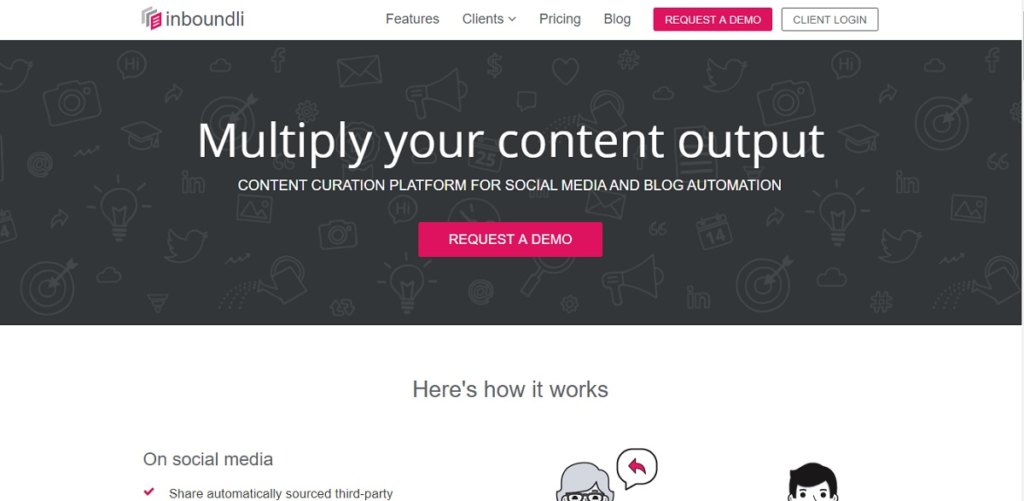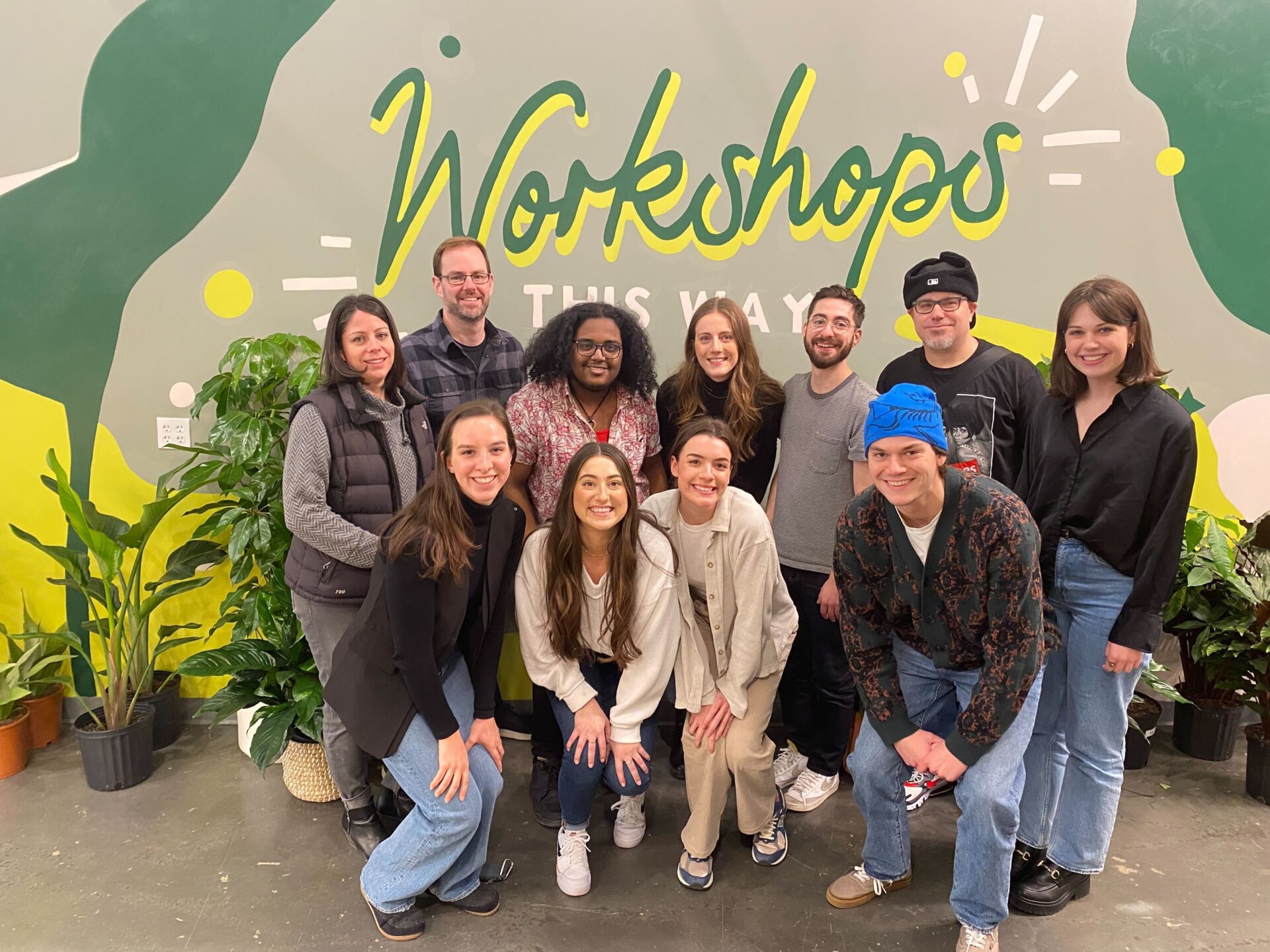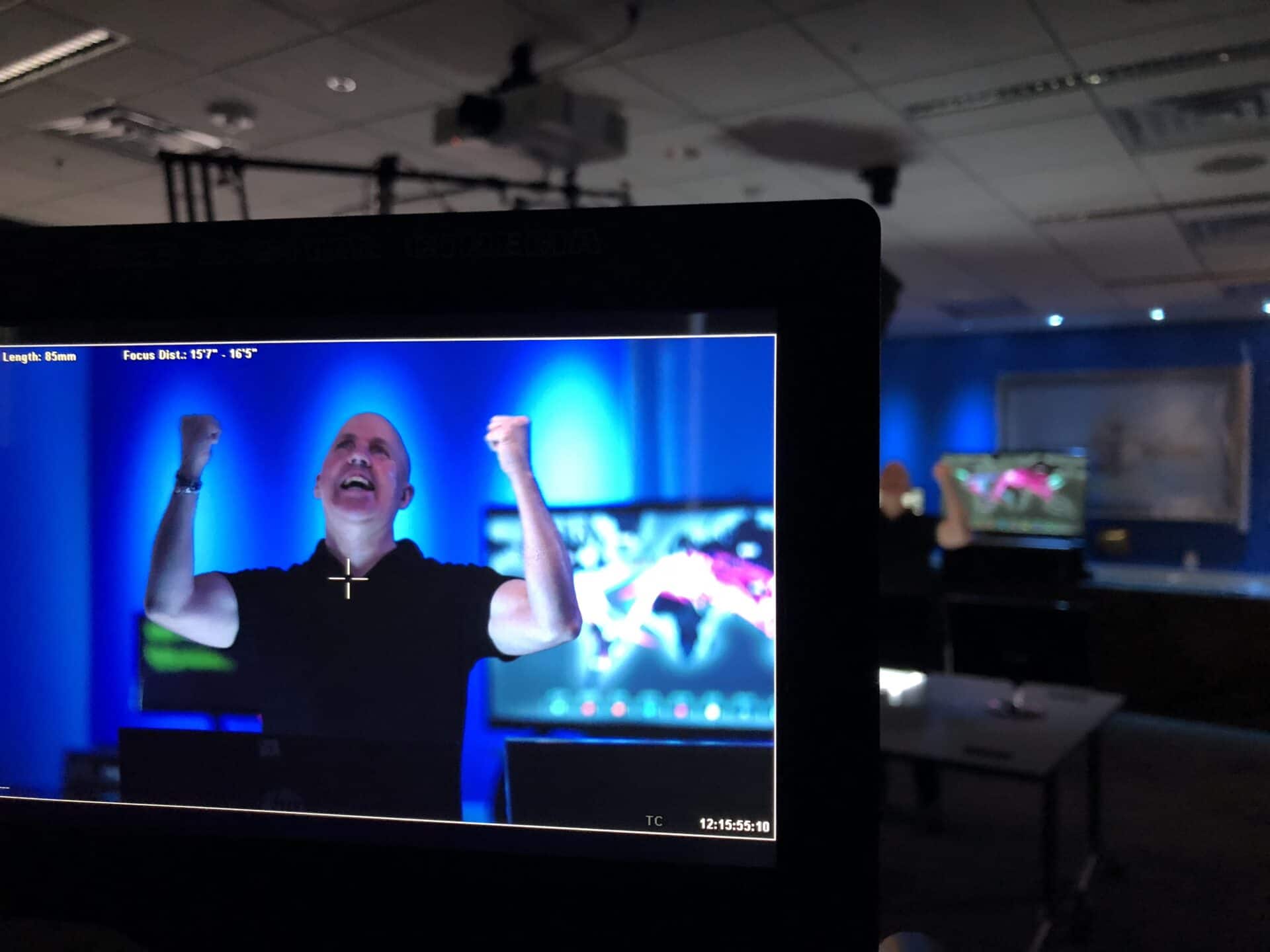Discussing Content Marketing with the Co-Founder of Inboundli

March 4, 2016
At 522, it’s important for us to keep up with the latest technologies. We constantly strive to improve the way we market ourselves and collaborate with clients. A few weeks ago, we rolled out the use of an application called inboundli. This application helps us curate the best video marketing content and ensures our community […]
At 522, it’s important for us to keep up with the latest technologies. We constantly strive to improve the way we market ourselves and collaborate with clients. A few weeks ago, we rolled out the use of an application called inboundli. This application helps us curate the best video marketing content and ensures our community is in sync with the latest trends. And, just the other day, we had a chance to interview Gene Sobolev, the Co-Founder of inboundli. Checkout the commentary below to learn more about Gene and his exciting new company.
Can you provide us with an overview of your background (education, career, etc.)?
I have a Bsc in industrial engineering and my co-founder, Yuri Prezument, has a Bsc in Computer Sciences. I started working in sales with public and private sector clients, selling education facility construction and renovation contracts.
After doing sales for two years I switched to work as a freelance marketer in the music industry, promoting artists in search engines, social media and the press. After doing that for 2 years I worked as an SEO analyst for a mobile app store.
On my last regular job, I was a product manager in a publishing house, building an international network of websites specialized on hospitality and medical recruitment. Yuri, on the other hand, started working for a foreign exchange broker, building and maintaining their software infrastructure for 2 years.
After this, Yuri worked in a startup for 1 year, building the backend infrastructure of their social recruitment platform. Alongside his work, Yuri was involved in many side and open source projects.
Yuri and I have known each other for 16 years and for many years we were planning to start a company. Around 3 years ago we felt that we had acquired the knowledge and experience necessary to build a valuable company.
Can you describe inboundli?
By merging social signals, machine learning and optimized publishing workflows, inboundli provides a time saving and cost effective way to use 3rd-party content to establish thought leadership, grow reach and increase engagement with targeted audiences on social media.
Our clients vary from large enterprises to small businesses and marketing agencies in practically any industry leaning towards B2B. Our typical buyers are content or social media marketers, CMOs, small business and marketing agency owners. Since inboundli is a featured HubSpot integration, many of our clients are inbound marketing agencies.
Ultimately, inboundli uses historical data and social signals to teach a learning algorithm that matches content to each customer. Creating the most accurate and personalized content matching on the market. In addition, we built the platform around and with marketers and optimized every process to provide a smooth and easy way to publish content in the most optimal way for social reach and engagement.
How did you get started with inboundli?
Our first company was a location based mobile discovery application. Unfortunately, it never received wide adoption. But, it was during this time that we were trying to build a social audience with content and realized how hard it was to get high quality content for publishing on social media. We tried many tools but couldn’t find an effective curation solution for social media marketers. After conducting a few dozen interviews we had seen that the problem was broad. We also felt that it was an interesting problem to solve, so inboundli was born.
Can you describe your “typical” day at inboundli? Do you code? Do you work with customers? Do you conduct research?
During the first few months we were mostly coding and conducting interviews. Now that inboundli is maturing, Yuri mostly takes care of developing our algorithms, maintaining the backend, building new features, managing lead generation and support (to constantly stay in touch with our customers). I mostly do sales, support, front-end engineering, data analysis and lead generation.
What was the biggest challenge in getting inboundli started?
We didn’t want to finance inboundli through an investment but rather we wanted to build a valuable product and business that could pay for itself. During the first few months we were stranded without money, but this lack of money drove us to work faster and build a better product. Now, two years into our existence, we fully cover our costs and can grow inboundli without any dependency on external investments.
What was the hardest feature to implement or rollout with inboundli?
Our core technology for matching content was the hardest and longest to develop. No one tried a machine learning approach before and we had no idea if it could even work. It took us a year and endless lines of code to get it fully right.
Can you describe your first client and what it felt like to have someone pay for using inboundli?
Our first paying client was from a narrow niche within the data compliance industry and was the ultimate test to our algorithms. It felt great to know that people valued our solution enough to pay for it. We were extremely excited about the fact that the client was amazed with their content stream which signaled to us that getting paid wasn’t a coincidence.
If you could say one thing to an aspiring entrepreneur who is thinking about creating a new application, what would that be?
Developing our product requires constant learning – which means that there is always something new. The possibilities of our technology are practically endless and I’m excited to take every additional step towards discovering them.
More importantly, I really enjoy working with our clients. Being a marketer and a company owner, there’s nothing better than communicating with other marketers and company owners. If I could give a single piece of advice to a new startup, it would be to build a product for people you will enjoy working with everyday for many years.
Who inspires you?
I get inspired by scientific discoveries, technological advancements and new amazing companies. When it comes to people, I get inspired by people who love what they do and do it well, people who have great ideas and work to realize them and people who can keep a positive attitude in hard circumstances.
What is the most difficult thing about running a SaaS company?
Growth and scalability. We chose sales for customer acquisition and it is hard to scale fast with this approach (as opposed to marketing driven acquisitions). However, this approach allows us to be targeted and attentive to our customers which is more important to us than rapid growth.
inboundli integrates tightly with Hubspot? What made you pursue this integration?
We noticed that HubSpot clients got more excited about our product than people who weren’t as committed to their inbound marketing strategy. Having started content marketing, HubSpot clients strongly appreciate how easy it can be to fill their social media with relevant content and conduct content research with inboundli.
How do you attract potential customers? Social media? Blogging?
Our main acquisition channels are social media and referrals. We use our blog only for lead nurturing and engaging existing clients.
What exciting things are coming up next with inboundli?
We are working on features to make it easier for our clients to integrate inboundli in their daily workflows. After having implemented daily suggestions emails, we are planning to add a browser plugin to help curate content without visiting inboundli (the initial plugin will be very streamlined but it will develop over time).
On a higher level, we are looking for ways to help our clients capitalize on the targeted audience and additional reach and engagement that they are getting with inboundli. We will work on enabling targeted engagement and lead nurturing.
In your opinion, what are some of the biggest trends to keep an eye on within content marketing?
I believe that inbound marketing and social media will get closer together in 2016 than ever before. The emergence of social selling as an effective methodology will move inbound adopters to focus on social media and reevaluate their attitude toward outbound tactics. By the end of the year, we will see many more companies integrating outbound social tactics into their inbound strategies. I believe that this is a positive trend that will make inbound marketing more actionable and by doing so help popularize it and grow the market.
Closer to us, 2015 proved that curation is an effective strategy and is now being implemented systematically in large companies. Whereas in 2014, it was considered a strategy for startups, freelancers and small businesses. We will see much more mainstream adoption in 2016.







